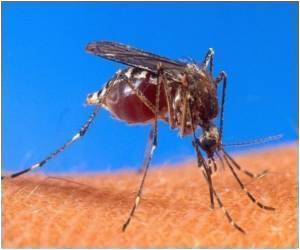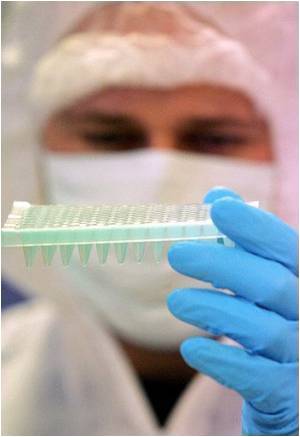
The new fungal class Archaeorhizomyces, previously known as Soil Clone Group 1 (SCG1), has now been found in more than 50 ecological studies of soil fungi. Prior to the work reported by the team led by Swedish biologist Anna Rosling, who currently works in the IU Bloomington biology laboratory of Rich Phillips as an associate researcher, the organisms had never been observed in the form of a fruiting body, spore, culture or in any distinctive association in a relationship with a plant. The report, which appears in the Aug. 12 edition of Science, estimates as many as 250 species in the description of the new class.
"Scientists believe that only one-tenth of fungal diversity has been described, and of the fungal lineages known only through environmental DNA sequences, this one -- Soil Clone Group 1 -- was the most common," Rosling said. "And while we still do not know this group's precise ecological niches and the complete life cycle, isolating and describing cultures of this group will allow their role in terrestrial ecosystems to be deciphered, and in turn contribute toward cataloguing and understanding the missing diversity of the fungal kingdom."
First found in tundra soil fungal communities only in summer, Archaeorhizomyces species are now considered globally distributed and with specific ecosystem and habitat associations among some species. The three most sampled species colonized typical ectomycorrhizal habitats, with fungi forming symbiotic relationships with plants by forming a sheath around the root tip of the plant, in this case with roots of pine trees and understory plants preferring acidic soil.
But Rosling said there still is no evidence that Archaeorhizomycetes form mycorrhizal structures in pine roots, and instead may coexist with other fungi in single root tips, showing no preferential growth toward main, primary or secondary roots, and not altering root tip morphology.
Prior to the work researchers were unsure of Archaeorhizomyces' role in the ecosystem, and had theorized that the fungi were mycorrhizal, or obligately associated with the roots of plants, getting carbon from those plants. The new findings provide evidence that Archaeorhizomyces is not mycorrhizal and their apparent association with roots of plants is possibly though association with mycorrhizal fungi.
Advertisement
Archaeorhizomycetes is phylogenetically placed within the subphylum Taphrinomycotina in the Ascomycota phylum. Commonly known as sac fungi, Ascomycota is the largest phylum in the fungi kingdom, comprising about 75 percent of all fungi, or more than 64,000 species. Species in the new class are filamentous and threadlike, and because they lack macroscopic features they can not be identified without DNA testing. And while not recognized as forming mycorrhizal structures, they potentially receive nutrition from dead and decaying plant material, the paper reported.
Advertisement
Source-Eurekalert











